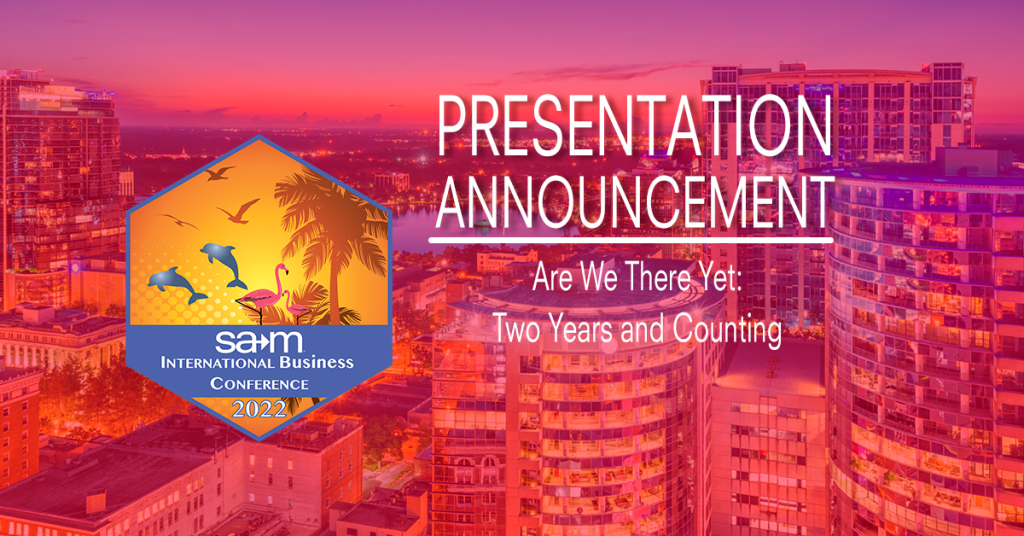
The programming committee for the 77th Annual SAM International Business Conference is pleased to announce the acceptance of the presentation Are We There Yet: Two Years and Counting by Susan Eisner from Ramapo College of New Jersey.
Presentation Abstract: The author is a tenured Professor of Management at an AACSB-accredited public 4-year School of Business, where s/he has taught for 27 years following years as a practicing manager. That teaching has earned the author the Thomases Award (President’s Award) for outstanding teaching, scholarship, and service among the College’s faculty, as well as selection as outstanding Business School teacher by its highest performing students. Until March 2020, that teaching was delivered wholly through traditional face-to-face pedagogy. Throughout the subsequent two-year pandemic period, she has delivered those same courses virtually. The courses s/he delivers are upper-level undergraduate Management courses, each of whose class size is around 30 students. The College uses Canvas as its Learning Management System.
This presentation, which will be delivered pre-corded on tape, is in many ways the logical follow up to the presentation the author delivered in a similar fashion at last year’s SAM IBC (2021). That 2021, “Tales from the Trenches: I Was a Dinosaur … But Now I Can (Almost) Fly” was subsequently published in SAM Advanced Management Journal (Vol. 86, Ed. 4). The thrust of that 2021 presentation was to share specific pedagogical mitigation the author designed and delivered through the Covid-19 induced virtual paradigm, having found that virtual pedagogy induced an active, engaged learning environment at least as robust as had occurred in the pre-pandemic traditional on-site classroom.
This 2022 presentation, in juxtaposition, will be delivered as the Covid-19 induced virtual paradigm has largely been lifted. Faculty, many of whom immersed intently in virtual course design and for some two years, now find ourselves seeking to determine answers to at least two macro questions: a) What are the optimal pathways forward given the expansive breadth of the pedagogy we have been designing, delivering, and assessing before and during the 2020-2022 virtual trajectory, and b) What realities to attend to may be newly encountered as we emerge from that trajectory?
It is still too soon for robust academic literature to provide solid data to guide that search. Respected and venerable venues that provide academics with valuable resources ranging from Harvard Business to Chronicle of Higher Education continue to be stimulating and timely outlets for pedagogical conversation, best practice sharing, and recommendations.
Concurrently, faculty continue to be frontline constructers and servers of learning experiences in real time. As we find ourselves meeting the moment head on, many faculty speak to each other of our determination to optimize the way forward for our students, communities, institutions, field, and profession.
We do so within a context impacted by several intricate factors with implications for faculty that may be helpful to articulate. In seeking to do so, this presentation does NOT attempt to duplicate or replicate the rich and ever mounting landscape of resources devoted to the formative challenges and future of higher education, the pros and cons of digital learning, and the impact of the 2020-2022 virtual environment on students.
Rather, this presentation endeavors to forthrightly and constructively articulate some realities many faculty may be encountering during this pivotal period of post-pandemic reentry. Should that perspective be helpful to share, representative questions those encounters may surface will be conveyed.
Accordingly, while the thrust of the 2021 presentation was “Tales from the Trenches ….” the thrust of this 2022 presentation is: “Are We There Yet? Two Years and Counting.”
Join us online to see this great paper and many more March 31 – April 2, 2022. For registration information visit www.samnational.org/conference.
